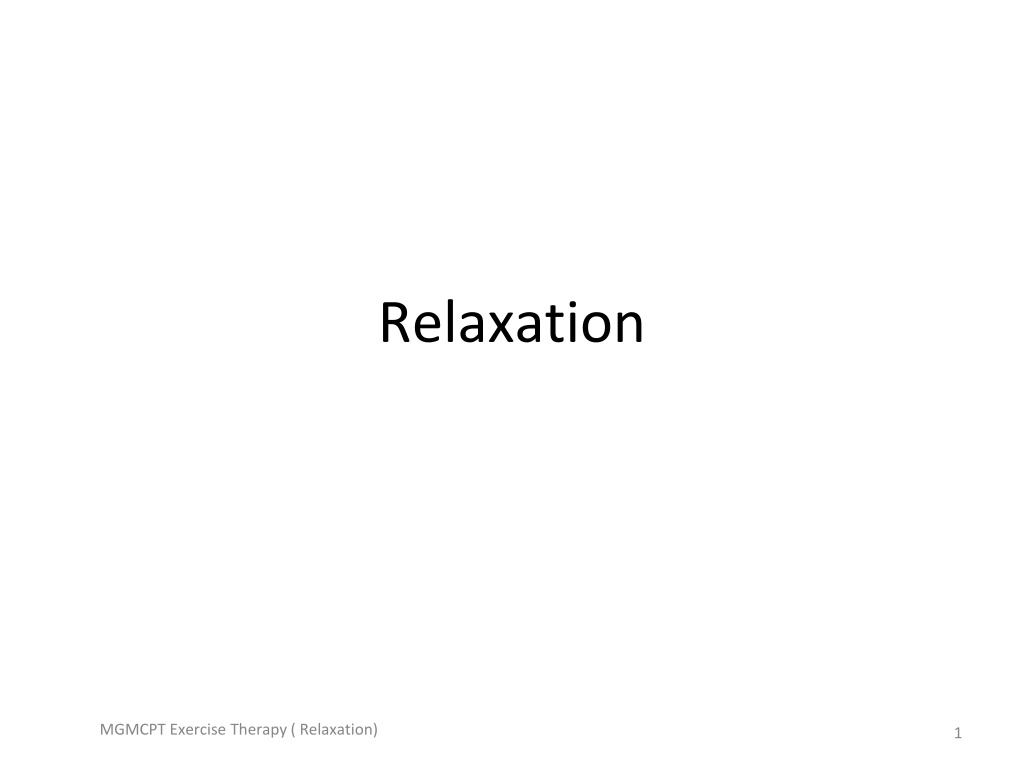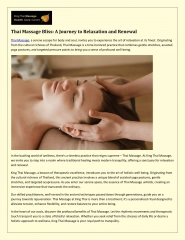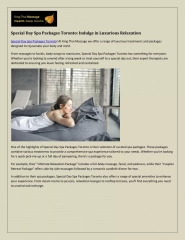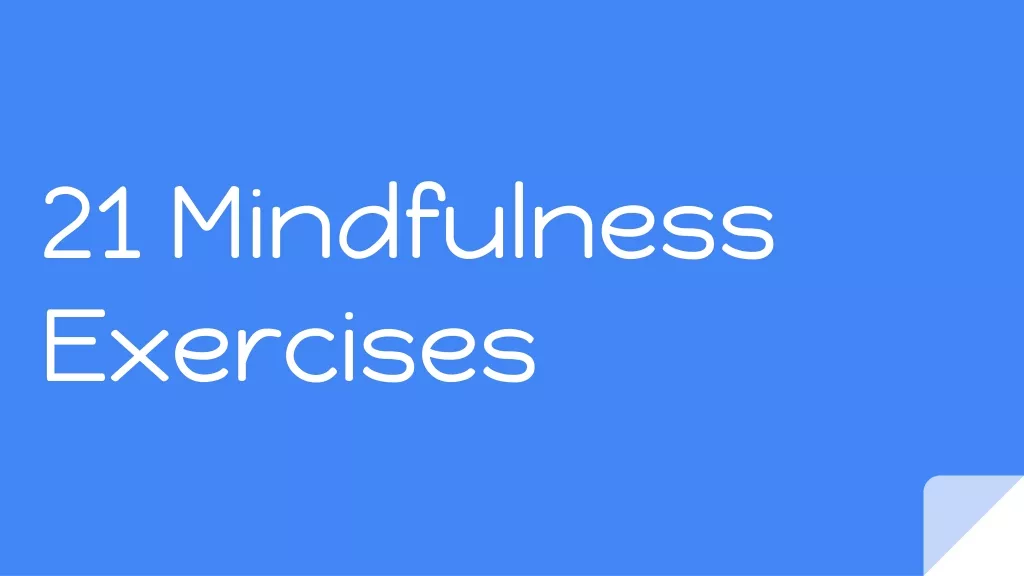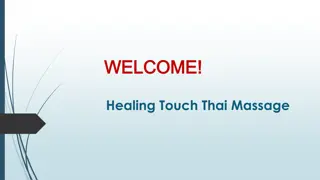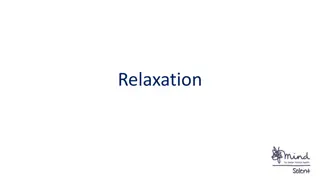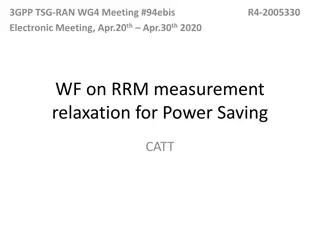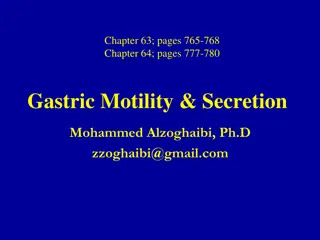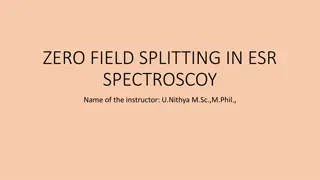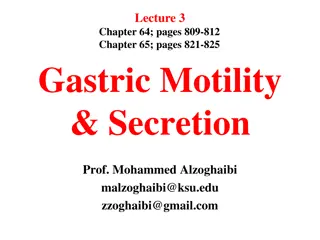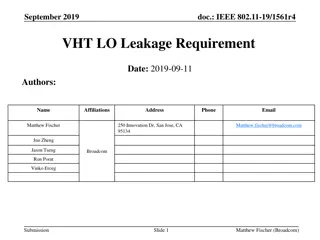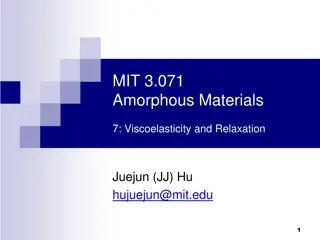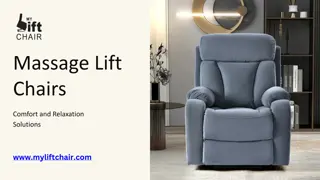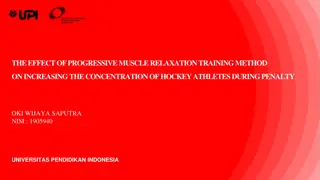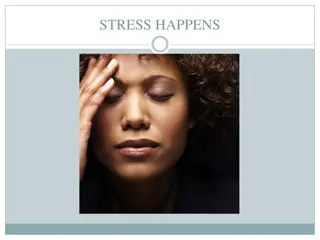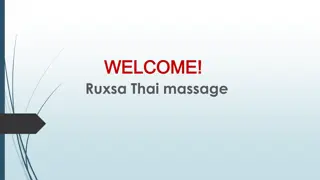Relaxation
In Skinner's experiments, superstition was observed in animals like pigeons through inadvertent pairings of responses with rewards. This phenomenon extended to humans. Other researchers like Wolin further studied behaviors in pigeons, discovering differences in pecking behaviors for food and water rewards. The Brelands, Skinner's students, challenged Skinner's views on operant behavior as the sole explanation for emerging behaviors. Explore the intriguing world of animal behavior studies in this insightful content.
Download Presentation

Please find below an Image/Link to download the presentation.
The content on the website is provided AS IS for your information and personal use only. It may not be sold, licensed, or shared on other websites without obtaining consent from the author.If you encounter any issues during the download, it is possible that the publisher has removed the file from their server.
You are allowed to download the files provided on this website for personal or commercial use, subject to the condition that they are used lawfully. All files are the property of their respective owners.
The content on the website is provided AS IS for your information and personal use only. It may not be sold, licensed, or shared on other websites without obtaining consent from the author.
E N D
Presentation Transcript
Relaxation MGMCPT Exercise Therapy ( Relaxation) 1
Introduction Relaxation is a conscious effort to relieve excess tension in muscles. Relatively tension less stage of muscle and mind is called Relaxation. Muscles come to rest during relaxation MGMCPT Exercise Therapy ( Relaxation) 2
Life is full of events and times which may cause us to feel stressed. The fight or flight response is how the body deals with stressful events; muscle tension is generated so that we are ready to run or fight. Fear, frustration, pain, grief, anger or anxiety can trigger this pattern. Not only our muscles, but also our glandular and nervous systems get involved. We can end up feeling quite wound up. These days we rarely need to fight or take flight, but do build up muscular stress as a response to events such as traffic, work, personal issues, financial problems and health concerns. Stressful situations can affect anyone, some people more than others. It can be exhausting and harmful to our health. In some cases it may even prove to be life threatening 3
Motor tone (muscle spindle) Postural tone ( myotatic or stretch reflex) Voluntary movement ( mvt is inhibited after activity) Mental Attitudes ( fear, anger, excitement) Degree of Relaxation ( through sleep) Pathological tension in muscle(hypo/ hyper tonicity/ Rigidity) MGMCPT Exercise Therapy ( Relaxation) 4
Aims As a Preventive Method : To protect body from unnecessary wear and tear. As a Treatment : To help in relieving stress in hypertension than tension , Headache, insomnia & Asthma. As a coping skill : for calm down the mind , so one can deal successfully with difficult situation. There are three systems involved in relaxation. Nervous system Endocrine system Musculo skeletal system 5
Technique 1. General Relaxation Support Comfort Restful Atmosphere Additional or Special methods of promoting Relaxation 1. Local Relaxation 6
Techniques Support General Relaxation Additional methods Comfort Restful Atmosphere MGMCPT Exercise Therapy ( Relaxation) 7
A)Support Lying position Half lying Prone Lying Side Lying MGMCPT Exercise Therapy ( Relaxation) 8
B)Comfort Freedom to breathe deeply Warmth Abdominal quiescence Mild degree of physical fatigue MGMCPT Exercise Therapy ( Relaxation) 9
C) Restful Atmosphere Physical & Mental relaxation Sound Light Therapist approach MGMCPT Exercise Therapy ( Relaxation) 10
D)Additional methods Consciousness of breathing Progressive Relaxation( Jacobson of Chicago) Contrast Methods( contraction followed by relaxation) Whole body technique(breathing + moving from feet up) Localized technique (close hands tight and relax) Passive movement MGMCPT Exercise Therapy ( Relaxation) 11
Pendular swinging Physiological Relaxation( Laura Mitchell- Reciprocal relaxation) 12
The Mitchell Method is based on the following principles: Tightening or contracting muscles results in movement Movement cause When we are awake, the brain will register the change in body position through muscle, joint and skin sensation The brain is only aware of the movement it causes. Movements are controlled by the nervous system; if one group of muscles is instructed to tighten, the opposite group of muscles for that action receives an instruction to relax We can learn to recognise and be aware of the tense muscles and joints. Instructing or ordering the opposite muscle groups to tighten will automatically result in relax messages being received by the tense muscles and joints. 13
This new position of ease can be learnt by registering the feeling in the muscles, joints and skin. Finding the position of ease of all your joints will result in relaxation s repositioning of joints and limbs The Mitchell Method of Physiological Relaxation 14
How to use The Mitchell Method of Relaxation Arrange yourself comfortably where your body is well supported. If possible the room should be comfortably warm. Three exact orders are given to each area of your body, they never vary. They are all positive, easy to remember and work in any position: 1. Move away from the position of stress 2. Stop doing activity. 3. Be aware of and feel the new position You will find the new position of ease more pleasurable than the old position of stress and with practice it will be easier to achieve a greater level and speed of relaxation. 15
Memorize only the words in bold type and act on each instruction ( order ). Stop doing the activity. Register / feel the changes in your body. 16
Local relaxation Hold Relax and Contract Relax Agonist Contraction MGMCPT Exercise Therapy ( Relaxation) 17
Thank You 18
